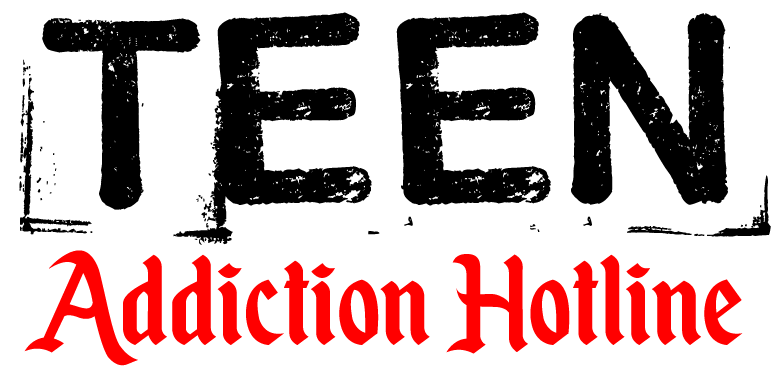Teenage Opioid Abuse Hotline
If you believe you are battling with cocaine abuse, you are not alone. To speak with a specialist about cocaine abuse symptoms and seek help with teenage drug abuse services, call The National Teen Cocaine Abuse Hotline at (888) 351-0084.
Teen Opioid Substance Abuse Hotline
If you live in the United States, you can find assistance and hope. Teen Opioid Addiction Hotline serves as a portal with multiple free, renowned teenage drinking hotline resources that are open 24 hours a day, seven days a week for folks just like you. If you or a loved one is suffering from opioid substance abuse, you have the abilities to get back on track. Call 888-351-0084 now.
The alarming rise in teenage opioid abuse has cast a shadow on the well-being of adolescents, families, and communities. Opioids, a class of potent pain-relieving drugs, have emerged as a pressing concern due to their potential for addiction and the devastating consequences associated with their misuse. Adolescence, marked by vulnerability to peer influences, curiosity, and experimentation, is a critical period where the risk of opioid initiation and misuse is of paramount concern. Understanding the intricacies of teenage opioid abuse, encompassing factors contributing to its onset, the prevalence of misuse, and the far-reaching repercussions on physical and mental health, is essential for fostering effective prevention strategies and providing timely interventions to safeguard the future of young individuals. If you need immediate medical attention, call 911 Now.
Teen Opioid Addiction Resources
SAMHSA’s National Helpline
SAMHSA’s National Helpline is a free, confidential, 24/7, 365-day-a-year treatment referral and information service (in English and Spanish) for individuals and families facing mental and/or substance use disorders.
Youth Gov
youth.gov is the U.S. government website that helps you create, maintain, and strengthen effective youth programs. Included are youth facts, funding information, and tools to help you assess community assets, generate maps of local and federal resources, search for evidence-based youth programs, and keep up-to-date on the latest, youth-related news.
Crisis Text Line
Text HOME to 741741 from anywhere in the United States, anytime. Crisis Text Line is here for any crisis. A live, trained Crisis Counselor receives the text and responds, all from our secure online platform. The volunteer Crisis Counselor will help you move from a hot moment to a cool moment.
National Institute on Drug Abuse
The National Institute on Drug Abuse (NIDA) is a federal scientific research institute and the world’s largest funder of biomedical research on drug use and addiction. NIDA’s mission is to advance science on drug use and addiction and to apply that knowledge to improve individual and public health. NIDA is one of 27 Institutes and Centers that comprise the National Institutes of Health, part of the U.S. Department of Health and Human Services.
Society for Adolescent Health and Medicine
Society for Adolescent Health and Medicine The Substance Use Resources for Adolescents and Young Adults are online resources aimed specifically at adolescents and young adults. Health care providers and youth serving professionals can offer these additional resources or print the PDF one-page reference sheet to adolescents and young adults looking for additional information, including online resources, support groups, peer networks, helplines, treatment locators, and advocacy opportunities.
U.S. Department of Health Adolescent and School Health
Helping schools to help youth and prepare them for their futures is at the center of everything we do. To support that effort, the Division for Adolescent and School Health has put together educational materials that address topic areas related to adolescent health including: Health Services, Health Behaviors, What Works in Schools.
24/7 Free Confidential Hotline
Remember, your call is confidential, and you can share as much or as little as you feel comfortable. We respect your privacy and are here to support you in a way that best suits your needs.
National Teenage Opioid Abuse Statistics
As of September 2021, some general statistics related to adolescent opioid use in the United States. Please note that the opioid epidemic is a complex and evolving issue, and the statistics might have changed since then. For the most up-to-date information, I recommend consulting official sources like the Centers for Disease Control and Prevention (CDC) and the Substance Abuse and Mental Health Services Administration (SAMHSA).
- Prescription Opioid Misuse: In 2020, about 3.6% of 12th graders reported misusing prescription opioids in the past year, according to the Monitoring the Future study.
- Heroin Use: The use of heroin among adolescents has generally been low. In 2020, the past-year prevalence of heroin use among 12th graders was reported to be around 0.4%.
- Synthetic Opioids (Fentanyl): The illicit use of synthetic opioids, including fentanyl, has been a growing concern. In 2020, approximately 0.9% of 12th graders reported using synthetic opioids other than heroin in the past year.
- Perception of Risk: The perceived risk associated with opioid misuse has been an important factor in prevention efforts. In 2020, around 29.5% of 12th graders believed that trying prescription pain relievers without a doctor’s prescription is a great risk.
It’s important to emphasize that opioid misuse, even at a relatively low prevalence among adolescents, can have serious consequences due to the addictive nature of these drugs and the potential for overdose. Efforts to prevent opioid misuse and educate teenagers about the risks associated with opioids are ongoing.
To comprehensively address the challenge of teenage opioid abuse, it is imperative to explore several key dimensions. These include delving into the societal and familial factors that can influence the initiation of opioid use, understanding the prevalence of opioid misuse among teenagers, and examining the intertwined relationship between opioid abuse, mental health issues, and academic performance. By examining these interconnected aspects, educators, healthcare professionals, policymakers, and parents can collaboratively work to establish a comprehensive framework that empowers adolescents with knowledge, resources, and support systems to make informed choices and navigate the complex landscape of opioid misuse prevention.
